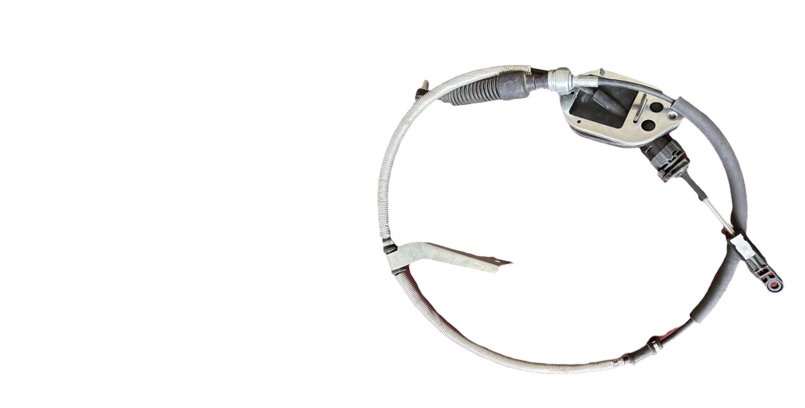Adjusting Your Automatic Transmission Shifter Cable for Smooth Gear Changes
Understanding the Auto Transmission Shifter Cable
The auto transmission shifter cable is a crucial component of an automatic vehicle's transmission system. It plays a significant role in translating the driver’s gear selection into the appropriate action in the transmission. Understanding its function, importance, and maintenance can enhance the driving experience and prolong the life of the vehicle.
What is an Auto Transmission Shifter Cable?
The auto transmission shifter cable is a flexible conduit that connects the gear shifter (located on the steering column or the center console) to the transmission mechanism. This cable allows the driver to select different driving modes, such as park, reverse, neutral, and drive, by mechanically transmitting the movement from the gear shifter to the transmission system. Modern vehicles typically use electronic systems, but the traditional cable system remains common in many makes and models.
How Does It Work?
When a driver selects a gear on the shifter, the shifter lever moves, pulling or pushing the shifter cable. This motion is translated through the cable to the transmission, which adjusts the gear settings accordingly. The design of the shifter cable allows for smooth and precise transitions between gears. Proper functioning of this cable is essential for ensuring that the driver can easily shift between different modes without any resistance or confusion.
Importance of the Shifter Cable
The shifter cable is vital for the safe and efficient operation of an automatic transmission. A faulty or damaged shifter cable can lead to various issues, such as
1. Inability to Shift Gears A broken cable can prevent the driver from shifting into necessary gears, potentially stranding them in an undesirable situation.
2. Gear Slipping If the shifter cable stretches or is misaligned, it may cause gears to slip unexpectedly, putting the driver and passengers at risk.
auto transmission shifter cable

4. Increased Wear on Components A malfunctioning cable can lead to improper transmission operation, resulting in uneven wear on transmission components and potentially leading to costly repairs.
Maintenance of the Shifter Cable
Regular maintenance and inspection of the shifter cable are essential for a reliable performance. Here are some tips for ensuring the longevity of the shifter cable
1. Regular Inspections Periodically check the shifter cable for signs of wear, fraying, or damage. Early detection can prevent more significant problems down the line.
2. Lubrication Keep the cable lubricated where necessary to reduce friction and wear. Consult the vehicle's manual for recommendations on appropriate lubricants.
3. Proper Alignment Ensure that the shifter cable is correctly aligned and securely connected at both ends. Misalignment can cause the cable to wear out prematurely or lead to shifting difficulties.
4. Professional Servicing If you experience any issues with shifting gears, it’s best to consult a professional mechanic. They can diagnose the problem accurately and recommend repairs or replacements if needed.
Conclusion
The auto transmission shifter cable may be a small component, but its role in the overall operation of an automatic vehicle is vital. Understanding its function, importance, and maintenance can help drivers ensure their vehicles operate smoothly and efficiently. Regular checks and proper care can prevent issues, leading to a safer and more enjoyable driving experience. Whether cruising down the highway or navigating busy streets, the reliability of your shifter cable is an essential aspect of automotive performance.
-
Upgrade Your Control with Premium Throttle CablesNewsAug.08,2025
-
Stay in Control with Premium Hand Brake CablesNewsAug.08,2025
-
Experience Unmatched Performance with Our Clutch HosesNewsAug.08,2025
-
Ensure Safety and Reliability with Premium Handbrake CablesNewsAug.08,2025
-
Enhance Your Vehicle with High-Performance Clutch LinesNewsAug.08,2025
-
Elevate Your Ride with Premium Gear CablesNewsAug.08,2025
